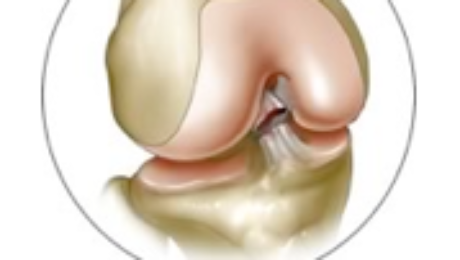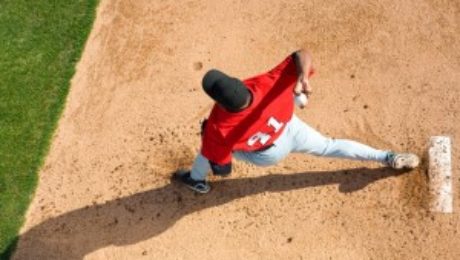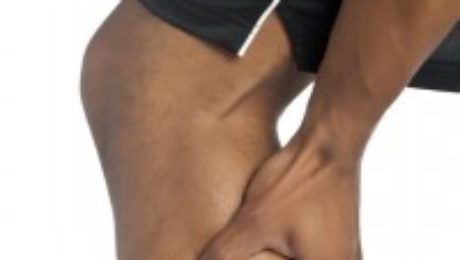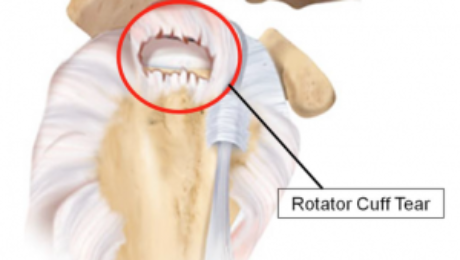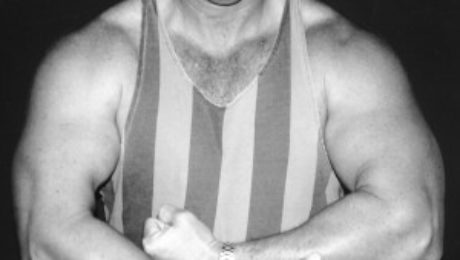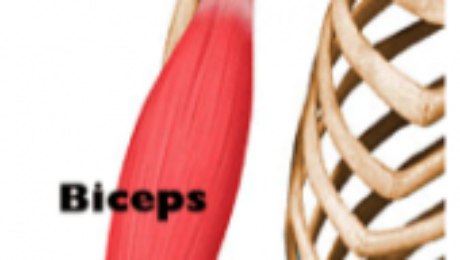Why Women Are At Increased Risk of Knee Injuries
Tuesday, 15 September 2015
There are times when you are running, jumping, playing hard and generally, very into the game, when suddenly you hear something, a ‘popping’ sound. At times, you can even feel it. Immediately after, it’s not uncommon to feel as if the rug has been pulled out from under the feet and all the air has
- Published in ACL Reconstruction, Sports Medicine
No Comments
All You Need To Know About Throwing Injuries
Tuesday, 08 September 2015
Although uncommon, people of all ages can suffer from throwing injuries at any point in their lives. The injuries typically range from strained muscles, to tears and sometimes even fractures. The parts that are the most affected are normally the elbow or shoulder of the appendage, but the severity of this injury is highly dependent
- Published in Orthopedic, Shoulder Surgery, Sports Medicine
What Are The Causes Of Exercise Induced Compartment Syndrome?
Wednesday, 02 September 2015
Also known as exertional compartment syndrome, chronic compartment syndrome etc, this is a condition that causes people to experience muscle pain. Usually relieved by rest, patients suffering from the syndrome often complain of pain after undergoing a period of exercise or activity. Depending on the severity of the condition, patients run the chance of having
- Published in Sports Medicine
How to prepare yourself for rotator cuff repair in AZ
Wednesday, 24 June 2015
In order to prepare yourself for rotator cuff repair it is best that you understand what a rotator cuff repair actually involves. This process is a surgical process which is used to repair a torn rotator cuff. This is a surgical process which reattaches your tendon to the upper part of your arm bone. If
- Published in Shoulder Surgery, Sports Medicine
An Overview of Throwing Injuries from a Phoenix Orthopedic
Friday, 17 April 2015
What is a throwing injury? Overhand throwing actually places pressure on the shoulder and specifically to all of the anatomy which tries to keep your sugar stable. Athletes who throw place this high level of stress on their shoulder repeatedly which can lead to overuse in the high range of shoulder throwing injuries. Although throwing
- Published in Sports Medicine
Distal Biceps Repair Info from a Phoenix Orthopedic Surgeon
Tuesday, 10 March 2015
What is Distal Biceps Repair? Your bicep muscle is located on the front part of your arm. It is this muscle which enables you to bend your elbow and to rotate your forearm.This muscle is also responsible for contributing to the stability of your shoulder. Attached to this muscle or tendons which link it to
- Published in Sports Medicine
Throwing Injuries Explained by a Scottsdale Orthopedic Surgeon
Wednesday, 11 February 2015
A shoulder joint that is exposed to repetitive throwing activities is at risk of several injuries. This is common among certain sports such as baseball and cricket. The shoulder joint is formed by the convergence of three bones; the collar bone, the shoulder blade and the arm bone. The head of the arm bone rests
- Published in Sports Medicine
Treatment for a Distal Biceps Tear with a Phoenix Orthopedic Doctor
Tuesday, 30 December 2014
A distal biceps rupture occurs when the tendon that attaches the biceps muscle to the elbow tears from the bone. This injury occurs most often in middle-aged men who do heaving lifting and labor work. The biceps muscle extends from the shoulder to the elbow on the front region of the upper arm. Two separate
- Published in Sports Medicine
Autograft Hamstring ACL Reconstruction
Thursday, 30 October 2014
The anterior cruciate ligament (ACL) is often torn during blunt trauma to the knee. Surgery is often required to replace the ACL. One of the ways the surgery is done is to take a piece of the hamstring tendon from behind the knee and replace the damaged ACL with it. This is known as an
- Published in Sports Medicine
Patellar Realignment Procedures: Lateral Release, VMO Advancement
Friday, 24 October 2014
Patella realignment surgery is an effective means of stabilizing the knee joint. Patellofemoral pain and instability are difficult to treat. Occasionally, the thigh muscles can be retrained and strengthened to stabilize the patella through physical therapy. Many orthopedic surgeons will order a knee brace to centralize the kneecap and prevent pain and other symptoms The
- Published in Sports Medicine

